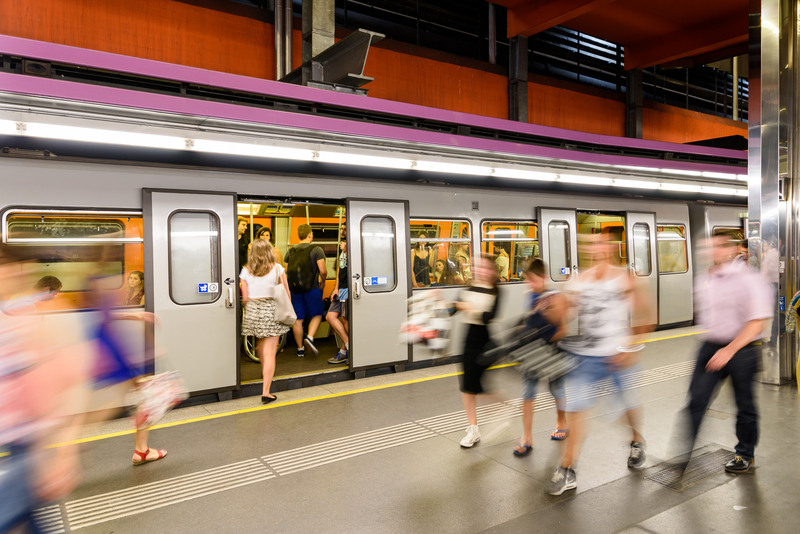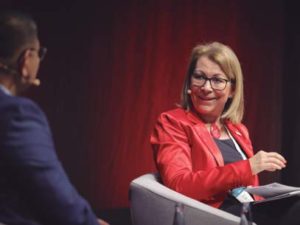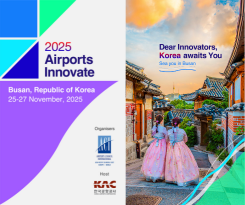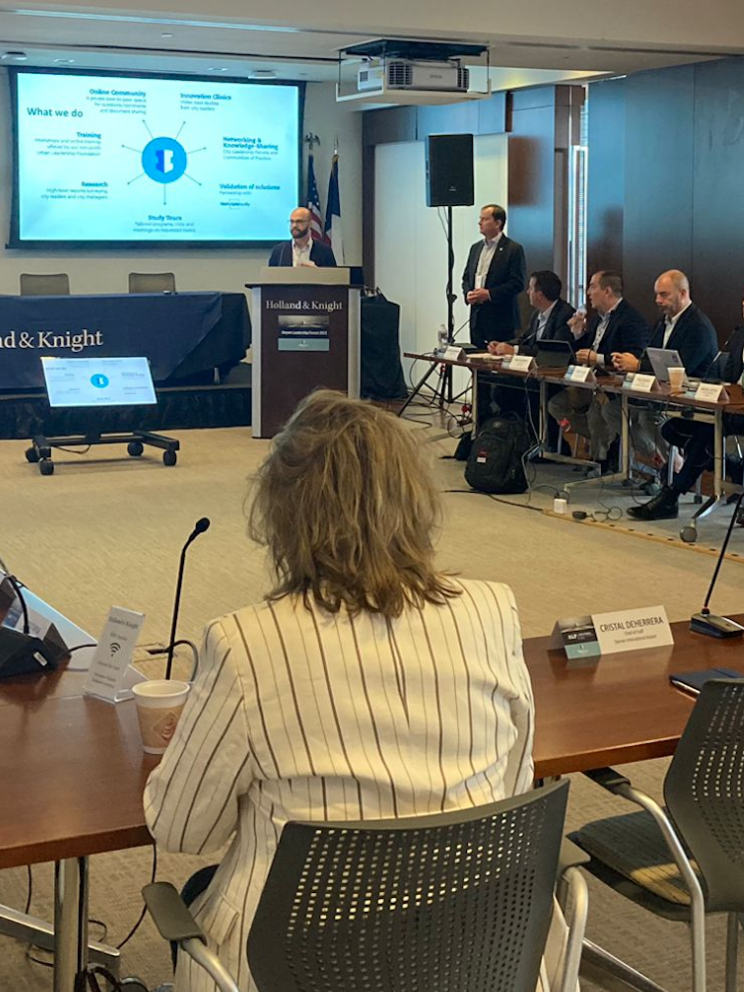
Vienna urges focus on passenger needs over tech hype
22 June 2025
by Jonathan Andrews
A proliferation of mobility options may be reshaping public transport but leaders from Vienna and VIA say the true measure of progress lies in meeting everyday passenger needs, not chasing the latest innovation.
Speaking at the UITP Summit in Hamburg, during a session entitled Let’s talk strategy: a shared and automated future for your customers and companies, Wiener Linien CEO Alexandra Reinagl and VIA’s Jan Luedtke offered a grounded yet forward-thinking view on how technology can enhance public mobility.
Reinagl emphasised that Vienna’s success lies in its commitment to open access, customer trust, and service reliability. With 1.3 million annual pass holders in a city of two million, Wiener Linien has become a mobility mainstay. But as technology opens up new modes of travel, she warned against overcomplicating things.

“We don’t want to overload people with complex apps,” she said. “Technology must enhance our open access model, not burden the user.”
Wiener Linien is piloting demand-responsive services in two districts, while also expanding its real-time passenger information systems and planning for automation in its metro operations. Yet Reinagl stressed that a human-centred approach must remain at the core.
“I’m not a digital native, and neither are many of our customers,” she said. “So we test everything through the lens of the passenger journey. The key is: does it make sustainable travel easier?”
For Luedtke, who oversees VIA’s operations in Germany, Austria and Switzerland, the aim is to use technology to build more responsive, flexible public services, especially for users and cities underserved by traditional transit.
“Our tech enables cities to offer demand-responsive and paratransit services that break the limitations of fixed routes,” he explained. “It gives users more choice and agencies more data to improve services.”
VIA’s suite of tools, including the Remix planning platform and Citymapper app, help cities to develop integrated networks and make real-time, data-informed decisions. But Luedtke cautioned against spreading innovation too thin.
“We decided not to go into scooters or micromobility,” he said. “Solving one problem really well is better than solving ten badly.”
Both leaders highlighted the internal transformation required to deliver modern mobility including the need to build capacity in data analytics, service design, procurement and customer engagement. Reinagl underscored that public operators must coordinate emerging services, even if they don’t run them.
“We’re a trusted brand,” she said. “People expect us to be the connective tissue of the mobility system, even for services like bikes or shuttles.”
Asked how they manage the flood of emerging tech trends, both agreed on the need to stay grounded.
“Focus on immediate impact,” said Luedtke. “Deploy what works today and scale from there.”
“Passengers don’t care about shiny objects,” added Reinagl. “They care about getting from A to B, reliably and easily.”
Main image: Radub85 | Dreamstime.com






